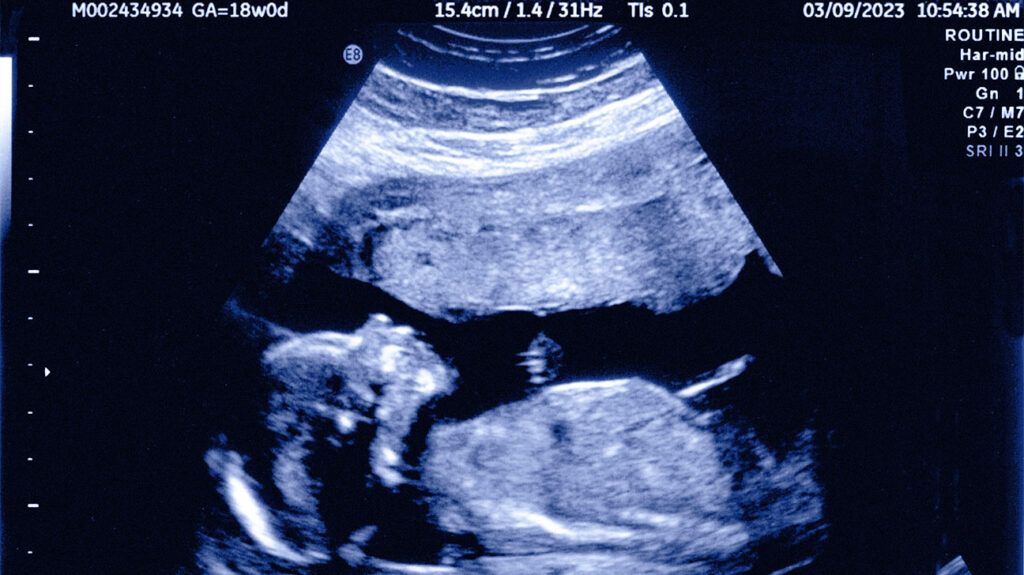Fetal alcohol syndrome (FAS) affects an estimated 1.1% to 5% of first-graders in the United States. FAS is a type of fetal alcohol spectrum disorder (FASD), which can develop due to alcohol exposure while in the womb.
FAS can cause several issues for a child, such as developmental problems, physical abnormalities, learning issues, and behavioral problems.
This article reviews available information on how common fetal alcohol syndrome is, what causes the condition, and more.

The findings of a
The
Some areas reported that around 6–9 out of 1,000 school-aged children had FAS.
However, other research found that FAS occurred in 0.3 out of 1,000 children ages 7–9 years.
According to the
FASD types derive from the symptoms a person displays. The types of FASD include:
- FAS
- alcohol-related neurodevelopmental disorder
- alcohol-related birth abnormalities
- neurobehavioral disorder associated with prenatal alcohol exposure (ND-PAE)
The
Researchers in a
FAS occurs due to a pregnant person drinking at any point during their pregnancy.
A person trying to become pregnant needs to avoid alcohol. It is possible to become pregnant and not know it for around
A person who becomes pregnant needs to avoid alcohol throughout the duration of their pregnancy to help improve the fetus’s chances of developing properly.
The exact amount of alcohol consumption needed to cause damage to the fetus is not known.
It is best to avoid all alcohol consumption during pregnancy.
The
The alcohol enters the fetus through the umbilical cord, and damage from alcohol can occur at any time during pregnancy.
Learn more about the effects of drinking alcohol during pregnancy.
The
The rate of alcohol consumption during pregnancy grew slightly between 2011 and 2018, according to the CDC.
Experts estimate that fetal alcohol syndrome (FAS) affects around 1.1% to 5% of first-graders in the United States. However, this number may be inaccurate due to underreporting and undiagnosed cases.
A person needs to avoid alcohol during pregnancy and when trying to become pregnant. Health experts state that no amount of alcohol is safe to consume during pregnancy. Stopping alcohol use during pregnancy may improve the health of the developing fetus.
